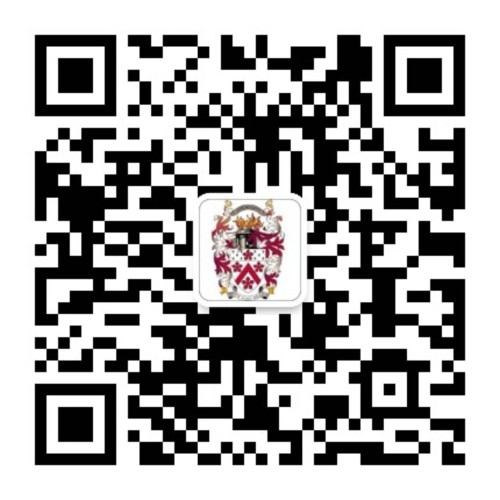SOLE Lab Grand opening with Professor Sugata Mitra

On Wednesday 21st November, Professor Sugata Mitra spent the day with us at Dulwich International High School Suzhou, in order to talk to staff members about his radical education ideas, open our brand new SOLE lab and deliver a demonstration SOLE session to 24 of our students. Professor Mitra’s ideas are both fascinating and controversial in equal measure…
Who is Sugata Mitra?
Sugata Mitra is a professor of educational technology that shot to academic fame in 2013 when he was awarded the 1 million dollar TED Prize for his remarkable talk entitled “School in the Cloud”. Back in 1999, Sugata Mitra and his colleagues created a hole in a wall bordering an urban slum in New Delhi, installed an Internet-connected PC and left it there, with a hidden camera filming the area. What they saw was remarkable: kids from the slums playing with the computer and, in the process, learning how to use it -- then teaching each other. These famed “Hole in the Wall” experiments demonstrated that, in the absence of supervision and formal teaching, children can teach themselves and each other -- if they’re motivated by curiosity. Mitra, now a professor of educational technology at Newcastle University, called it "minimally invasive education."
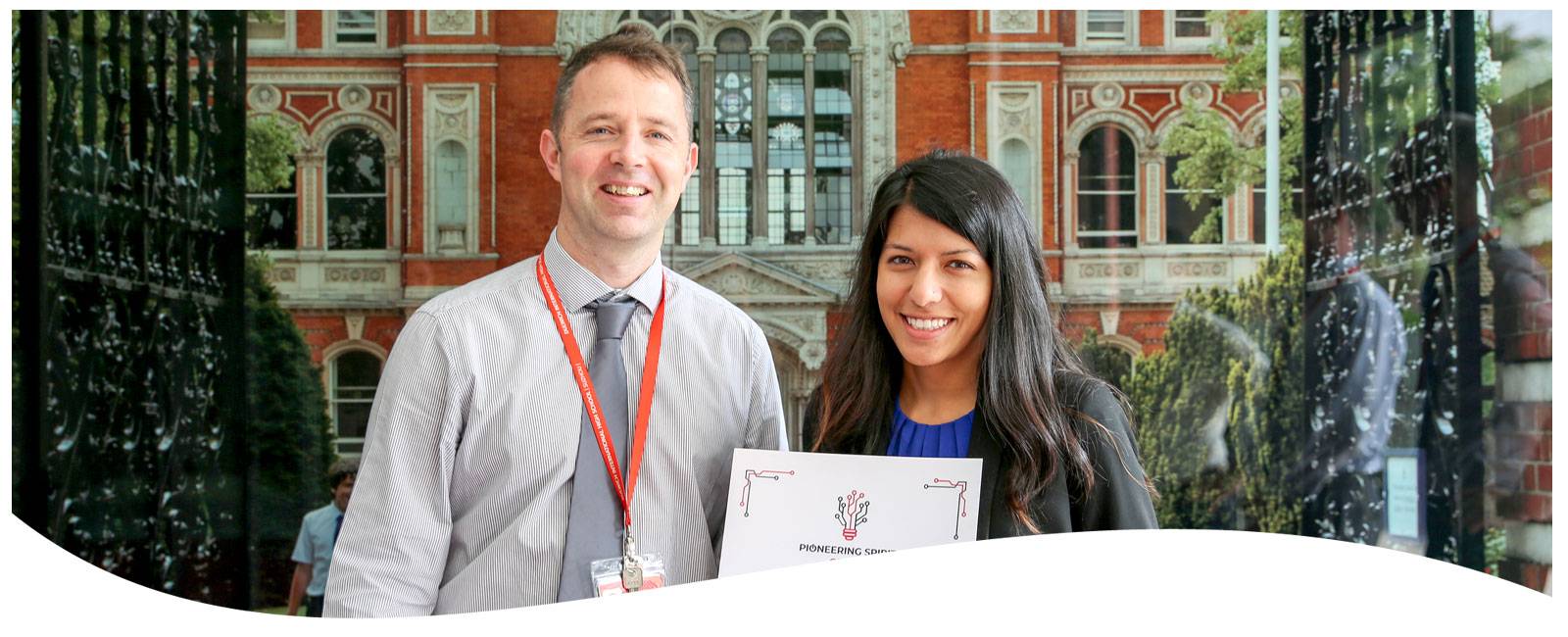
The School in the Cloud SOLE labs (Self Organised Learning Environments) have now been deployed at multiple locations around the world. The School in the Cloud online platform lets students participate anywhere, with partner learning labs and programs in countries like Colombia, Pakistan and Greece. In 2016, Mitra held the first School in the Cloud conference in India. He shared that more than 16,000 SOLE sessions had taken place so far, with kids all around the world dipping their toes in this new education model.
School in the Cloud at Dulwich International High School Suzhou
The Dulwich International High School Suzhou "School in the Cloud" was funded by the Pioneering Spirit Grant Awards scheme. This was led by Dulwich College Shanghai Puxi teacher Sarah Leonard in partnership with Sugata Mitra with the help and support of Hetal Asher (English Teacher) at Dulwich International High School Suzhou. SOLE learning spaces have now been developed across three DCI schools.
For students in our school, the SOLE method exposes them to a more creative, university level of working. Students will develop collaborative skills as well as research skills, all in English. Teachers can choose to bring their class to the SOLE when they feel it is an appropriate fit for the curriculum. This way, students will have the chance to use the SOLE Lab in all types of subjects and learn to research in many different ways.
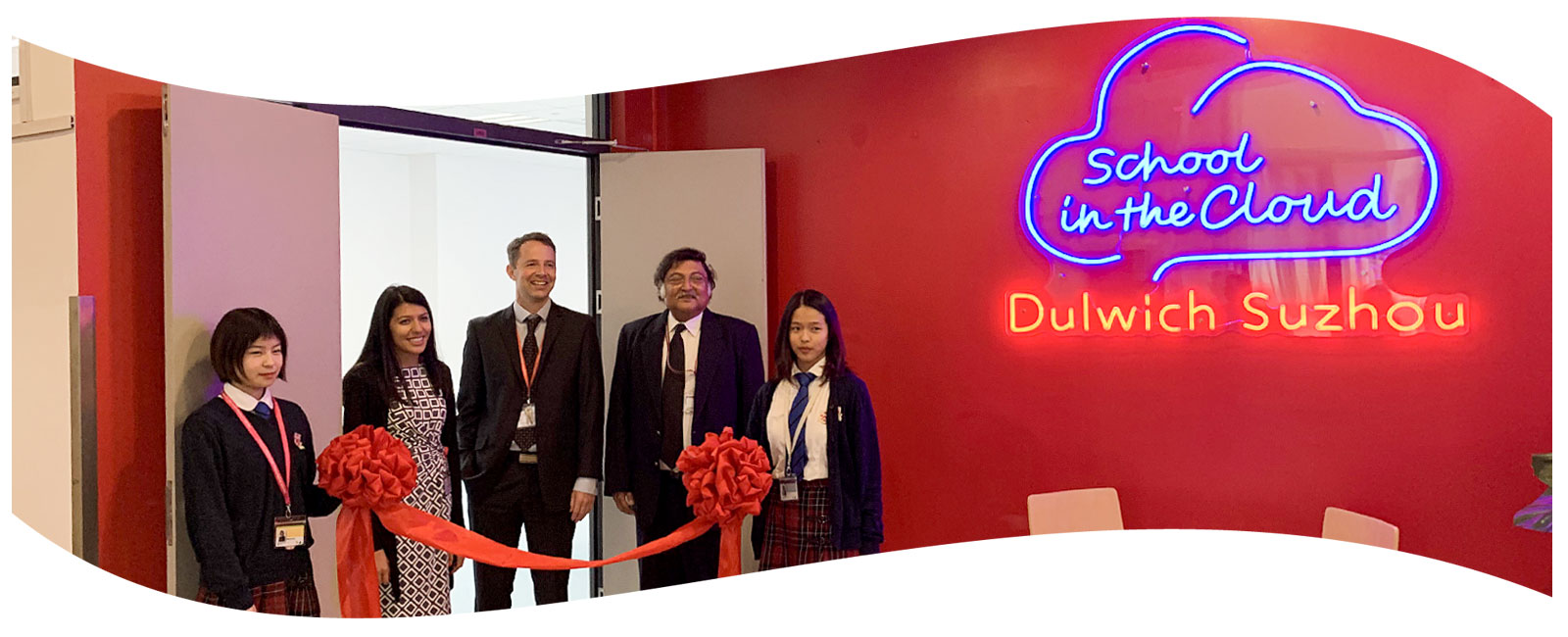
Sugata Mitra at Dulwich International High School Suzhou
Sugata started his visit to Dulwich International High School Suzhou by delivering two hour long lectures to the entire academic staff. In person Sugata Mitra comes across as a warm self-effacing individual with charm and charisma who obviously has a great passion for his subject and a desire to share his expertise. During the lecture he advised that much of his original “Hole in the Wall” research wasn’t relevant anymore as is was no longer possible to find children anywhere in the world that had never seen a computer! However, he went on to explain the core assertion of SOLE: If children are in unsupervised heterogeneous groups with access to the internet though large visible screens in a public place then learning can happen without teaching.

Sugata then proceeded to unpack and explain this statement in more detail, as a SOLE session will only be effective if the rules are followed. The first point is that the children must be unsupervised, as they don't do anything if you are watching them. Generally speaking we don't like people watching us think. They must be in groups in order to talk to each other, support each other and self-correct each other. The screens that they use to access the internet must be large and publicly visible in order to keep the students on task. The roles of students and teachers reverse in SOLE. The teacher asks the students a question and the students have to spend time working together, researching to develop an answer. Finally, each student shares their discoveries with the group. Through this method, the students are able to develop a deep and unique insight into the topic of their studies.
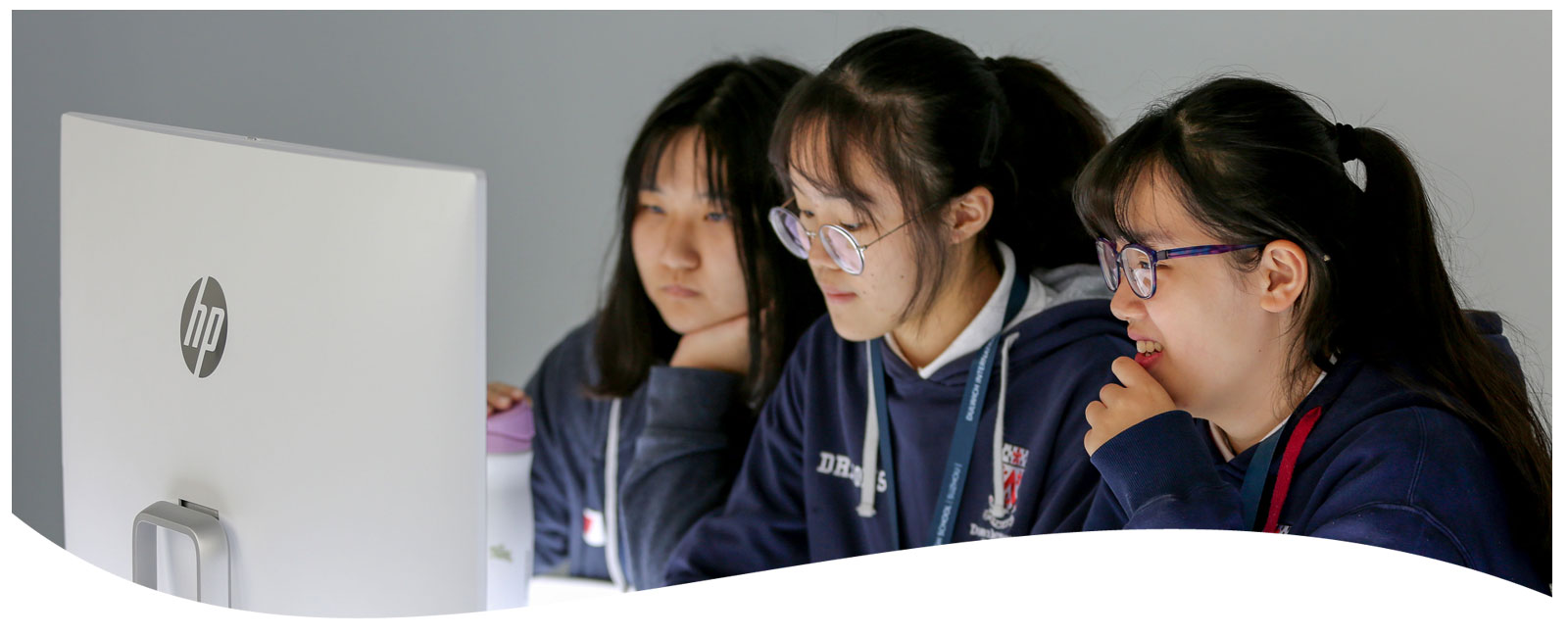
Opening the SOLE Lab and Demonstration
In the afternoon after cutting the ribbon to officially open our own School in the Cloud, Sugata Mitra proceeded to provide a demonstration of how the SOLE lab would work. 24 initially very perplexed year 12 biology students were the first to give it a try. Sugata began by asking the students what they had been studying recently. After a brief discussion he raised the fascinating topic of Exobiology and formulated a Question for the students to answer. The students were then asked to spend 30 minutes researching if life could evolve on other planets using something other than Carbon and DNA as building blocks.
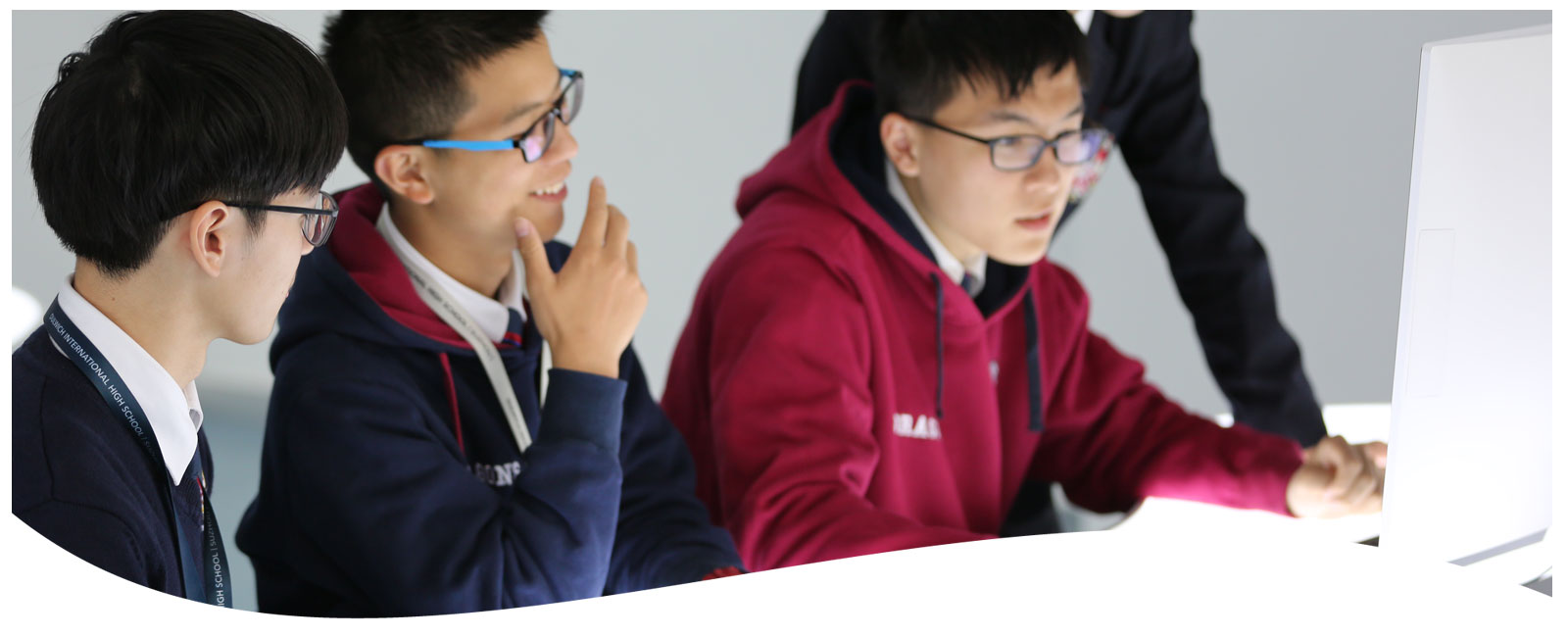
Sugata then asked if one of the students would like to be his helper. One of the students reluctantly volunteered and accepted this responsibility. What happened next was quite remarkable... The students began to self-organise immediately under the instruction of the student volunteer, splitting off into groups of 4 around each of the six computers in the SOLE Lab. They then began to research the subject online while communicating quietly with other students in their group and also sharing information with other groups.
With minimal input from Sugata, who only spoke briefly with the student helper, all of the students very rapidly started using the SOLE lab effectively. The SOLE lab is designed to provide a unique learning environment. One of the key features is that students are encouraged to write on the tables! These are glass topped, backlit and wipe clean. This gives the Lab a very modern look and feel.
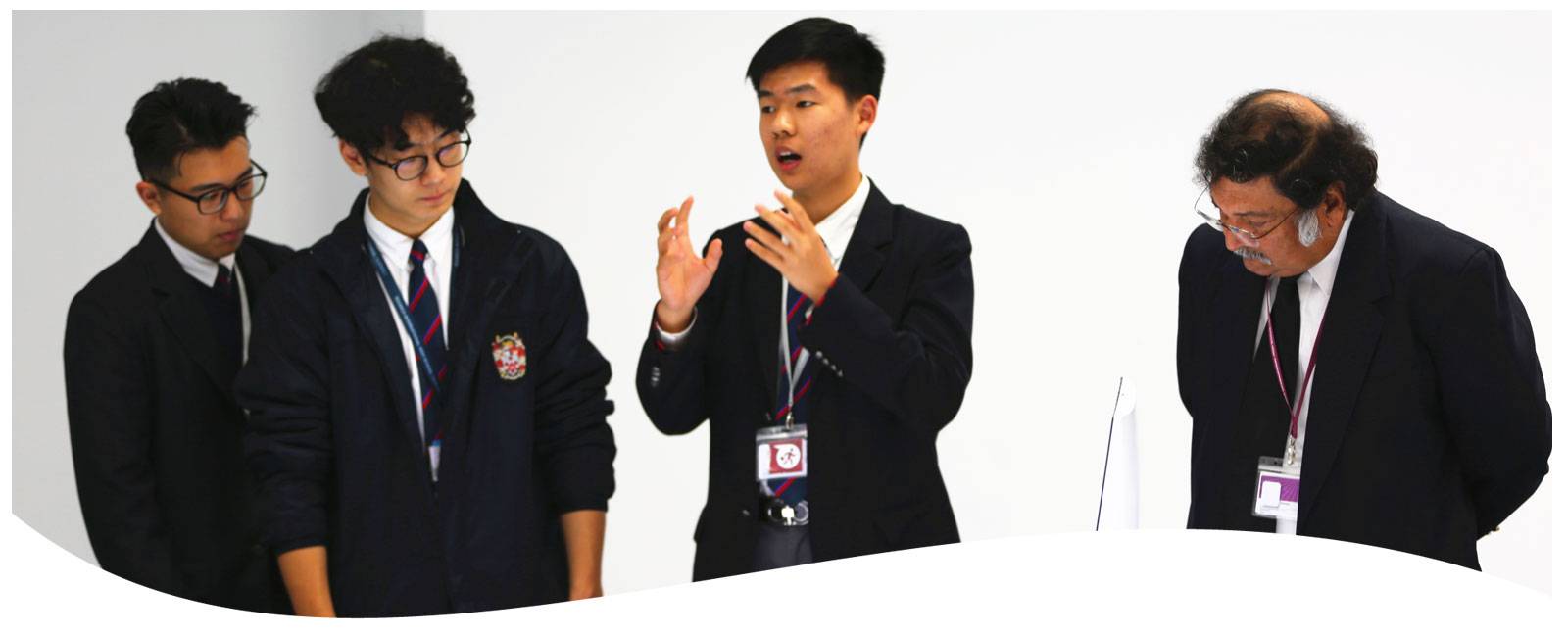
Once 30 minutes had elapsed each of the 6 groups took turns presenting their findings. Overall, the example session was very successful. Sugata went around each group in turn who were all eager to present their findings and were relaxed and comfortable doing so. Despite the scepticism of some members of staff, the demonstration session was a resounding and unequivocal success!





